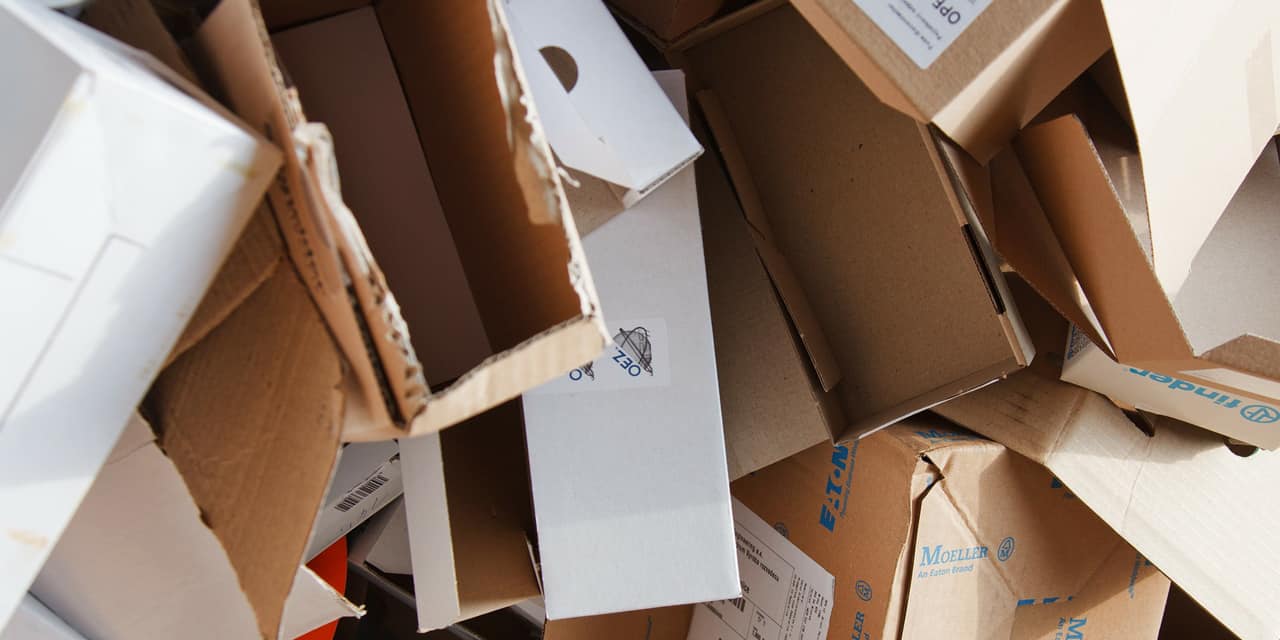The Real Cost of Poor Packaging and Product Breakages
Poor packaging resulting in product damages and breakages is costing retailers industry-wide. According to research, ecommerce return shipments in the U.S. totaled $32 billion in the 2018 holiday season alone. An estimated 20-30% of those returns were due to damages, more than double that of traditional retail returns.
The fundamental role of packaging is to protect a product throughout the eCommerce supply chain, right up to the point in which it reaches the customer. Throughout the delivery process, packages come into contact with a number of touchpoints where potential damage could be caused.
Once the product has left the distribution center, movement in the delivery van, crushing or even negligence from the delivery driver can mean that products without sufficient packaging do not always arrive in the same shape as when they left the supplier.
 Not only is inadequate packaging having a direct impact on the bottom line for brands, but it can also hamper the relationship between a retailer and its customer. In today’s increasingly competitive retail landscape, consumers not only expect goods to arrive quickly, but they also expect them to arrive in pristine condition.
Not only is inadequate packaging having a direct impact on the bottom line for brands, but it can also hamper the relationship between a retailer and its customer. In today’s increasingly competitive retail landscape, consumers not only expect goods to arrive quickly, but they also expect them to arrive in pristine condition.
What’s more, over-packaging a product can leave a brand open to criticism that they are wasteful and inconsiderate toward the environmental impact. If e-tailers fail to get this right they risk damaging their relationship with a customer before it has even started.
Packaging ‘Unwrapped’
The packaging is the first tactile experience an eCommerce customer has with a brand so getting this right is vital for encouraging repeat purchases – returning customers spend as much as 67% more than first-time customers.
As an extension of the brand’s overall image, the aesthetics are an extremely important consideration for e-tailers and often acts as a key brand differentiator. In fact, a recent survey found that 76 percent of shoppers say packaging positively affected their perception of the retailer.
This perception, however, can quickly become a negative one if the product arrives damaged or broken and will soon result in the product being returned to the seller.
Returns require repurposing, storing, or in some cases, destruction of the product. Sometimes it is a combination of all three. These are all additional services required by the brand, which can soon add up when dealing with a high volume of returns.
Sustainable Packaging Equals Significant Savings
In order to avoid the significant cost of returns, retailers must continually reassess the effectiveness of packaging across the supply chain, right through to delivery. Sustainable and innovative packaging solutions can be used not only to reduce packaging waste but also to provide packaging that effectively protects a product.
New packaging initiatives such as distributed packaging models eliminate a number of packaging steps in the supply chain. The raw product is sent directly from the manufacturer in bulk to the fulfillment center and then repackaged into its inner carton before being put away.
This allows brands to save money from the initial shipping to the fulfillment center, reduce waste, and ensure the product arrives with the customer in the best condition possible. Right size packaging is another effective solution – by reducing air and void fill, retailers are able to minimize shipping costs and create a much sturdier packaging that greatly reduces damaged returns.
Key Packaging Considerations For Online Retailers
Whilst the strength and sustainability are both key considerations, retailers must also assess the assembly time when choosing an appropriate packaging solution.
The time it takes to put together packaging will have a direct impact on workforce time, affecting the ability and speed of processing orders.
Complex packaging will take workers longer to put together, meaning brands will end up paying far more in wages than they would with much simpler packaging design.
The pick/pack/ship cycle of the distribution center must also be examined. Some products only require a single SKU – meaning the box they arrive in can be used to ship them out again – just by adding a shipping label. Whilst this is a high efficiency, cost-effective solution, it requires the packaging used to be resilient, in order to survive the entire delivery/distribution chain.
Depending on the product being shipped, custom packaging solutions may also be required to ensure this resilience. For one leading pub, cider and beer company, shipping two different types of products in one box could be particularly complicated and the placement of dividers within the boxes dramatically slowed the pack-out process.
By working with an experienced packaging manufacturer, the brand was able to source a custom box design that contained built-in dividers. This saved time during the packing process whilst enhancing protection by minimizing movement or shaking during delivery.
By ensuring the right packaging is used, retailers across a range of industries can significantly reduce damages to products when going through the distribution chain. Not only will this vastly reduce the cost of returns, but it will also help to create a complete end-to-end positive customer experience and drive brand loyalty.
READ ALSO: 3 Steps for Fostering Sustainability in The Age of ‘Fast and Free’ Shipping
[post-cta]
If you liked this article and would like to engage with other small business entrepreneurs selling on marketplaces, join our [the_ad id=”41560″ inline =”1″]. You can also find us on [the_ad id=”41579″ inline =”1″], [the_ad id=”41573″ inline =”1″], [the_ad id=”41575″ inline =”1″], and [the_ad id=”41577″ inline =”1″] or sign up for our newsletter below.
SIGN UP. BE INSPIRED. GROW YOUR BUSINESS.
We do not sell your information. You can unsubscribe at any time.


Amazing post! Thanks for sharing and keep up the amazing work.